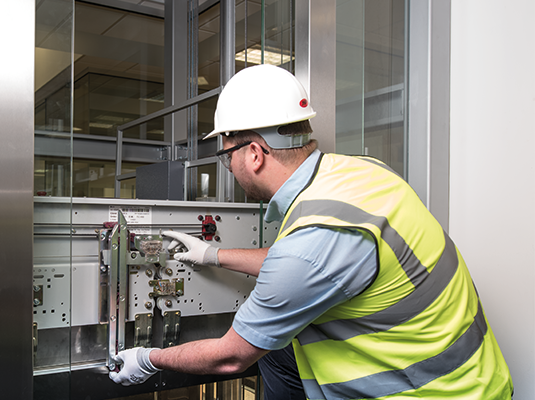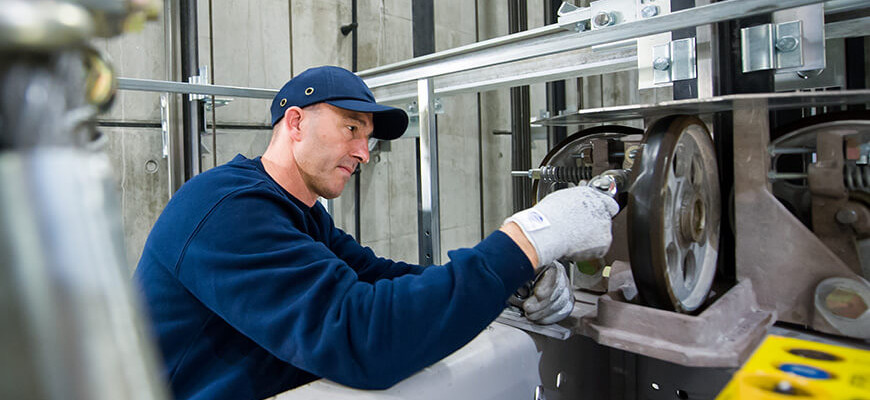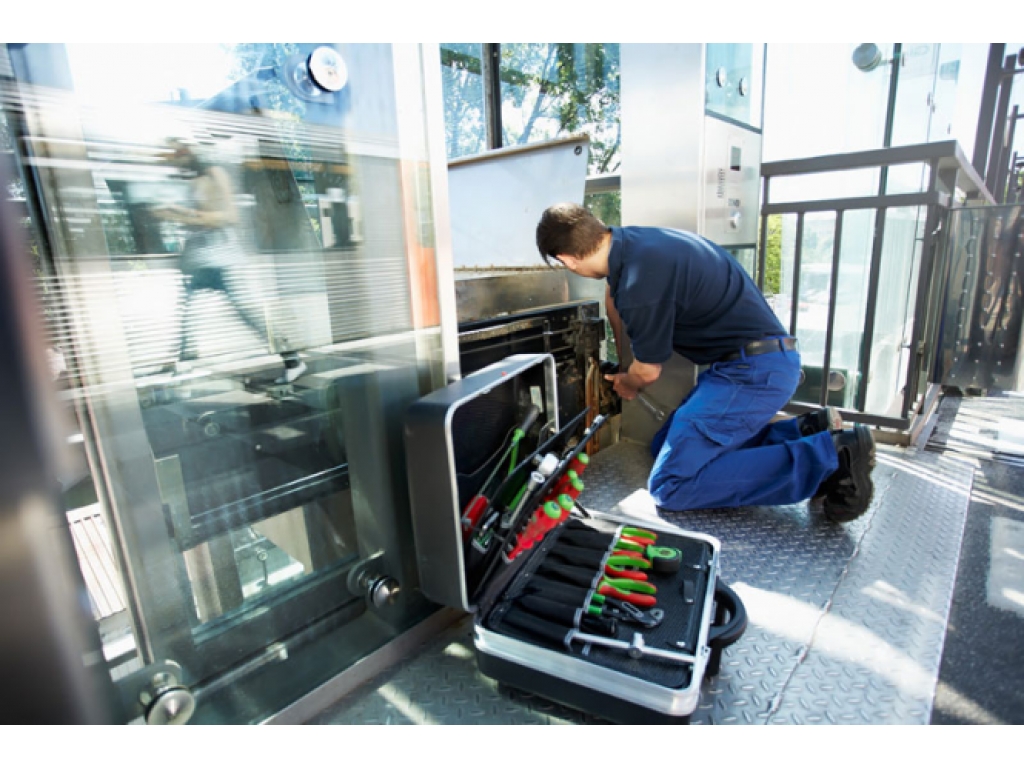24/7 Lift Maintenance Repair: Motivate and Efficient Service
24/7 Lift Maintenance Repair: Motivate and Efficient Service
Blog Article
Pro Tips for Preserving Your Lift in Leading Condition: An Extensive Overview
Making sure the optimum performance of a lift system is essential for a effective and risk-free procedure in different setups, from commercial storage facilities to industrial buildings. By sticking to a structured upkeep regimen and preemptively attending to potential issues, lift owners can mitigate costly downtime and safety risks.

Importance of Normal Upkeep
Normal maintenance of your lift is critical to ensure its ideal efficiency and longevity. By adhering to a normal maintenance timetable, you can identify and attend to possible problems before they escalate right into pricey repairs or unexpected downtime. Routine maintenance tasks such as lubricating relocating components, examining for damage, and inspecting hydraulic systems can aid stop malfunctions and guarantee risk-free operation.
Neglecting normal upkeep not just compromises the efficiency of your lift yet likewise positions safety and security threats to users and building. Elements that are not appropriately preserved might fall short all of a sudden, causing mishaps or damage to the lift itself. Moreover, addressing concerns early on via upkeep can prolong the life-span of your lift and lower the chance of major failures.
In enhancement to enhancing security and performance, normal maintenance can also conserve you cash in the future. By purchasing preventative maintenance measures, you can avoid expensive repairs or replacements that may occur from neglecting the upkeep of your lift. Generally, prioritizing regular upkeep is vital for maximizing the functionality and durability of your lift system.
Leading Parts to Inspect

In addition, pay very close attention to the lift's safety attributes, such as emergency stop switches, safety and security sensing units, and interlocking systems, to guarantee they are functioning properly. Consistently check the lift shaft for particles or blockages that could impede the motion of the lift automobile. Finally, don't forget to take a look at the doors, joints, and door operators to ensure smooth opening and closing procedures. By diligently checking these top components, you can capture possible problems early and ensure your lift continues to be in leading condition.
Aggressive Troubleshooting Strategies
When confronted with prospective lift system concerns, taking on aggressive troubleshooting techniques can considerably improve functional efficiency and prevent costly downtime. Among the key positive troubleshooting methods is to frequently monitor and analyze lift efficiency data. By tracking metrics such as lift speed, electric motor temperature level, and power usage, upkeep teams can identify very early indications of prospective issues and take rehabilitative activities before they intensify. Conducting routine visual examinations of crucial components, such as wires, pulleys, and safety mechanisms, can likewise aid in detecting wear and tear or imbalances that could lead to breakdowns. Additionally, executing a preventive maintenance schedule that consists of lubrication of relocating components, screening of emergency situation brakes, click here for more info and calibration of sensors can proactively attend to usual lift system problems.
Additionally, buying training programs for upkeep staff on troubleshooting techniques particular to the lift design set up can empower them to identify and deal with concerns swiftly. By remaining in advance of prospective problems through proactive troubleshooting, lift drivers can guarantee a smoother and more trustworthy operation while reducing the danger of unforeseen breakdowns.
Necessary Lubrication Practices
Carrying out proper lubrication practices is essential for guaranteeing the smooth operation and longevity of lift systems. Normal lubrication aids lower rubbing between moving parts, stopping deterioration that can bring about expensive repair work and downtime. Adhering to a stringent lubrication timetable is essential. when it comes to raise upkeep.
Choosing the appropriate lubricant is the initial step in efficient maintenance. Various components of the lift system may need particular kinds of lubes, such as grease or oil. Seek advice from the supplier's standards to figure out the ideal lubes for each component.

Resolve any type of problems immediately to avoid additional damage and make certain the ongoing smooth operation of your lift system. By prioritizing appropriate lubrication techniques, you can prolong the life expectancy of your lift and optimize its efficiency.
Precaution for Lift Operators
In order to keep a risk-free functioning environment and maintain operational performance, lift drivers need to carefully adhere to suggested security methods, together with focusing on crucial lubrication techniques my sources for ideal lift performance. Security steps for lift drivers are vital to avoid crashes and make sure the smooth performance of the lift system.
Additionally, lift operators have to prioritize personal safety equipment (PPE) such as headgears, gloves, and harness when operating at elevations or managing hefty tons. Clear interaction among drivers, upkeep specialists, and other workers is crucial to stop misunderstandings that might bring about accidents. Finally, drivers must continue to be attentive, focused, and prevent diversions while operating the lift to make sure the safety and security of themselves and others around.
Final Thought
To conclude, maintaining a lift in top problem is crucial for making sure safety and security and performance in operations. Regular maintenance, complete inspections of key elements, proactive troubleshooting, proper lubrication practices, and adherence to precaution are vital for prolonging the life-span of the hop over to these guys lift and preventing crashes. By following these standards, lift operators can make sure the ongoing performance and security of their tools.
By adhering to a structured maintenance regimen and preemptively addressing potential concerns, lift proprietors can mitigate costly downtime and safety dangers. Regularly inspect the lift shaft for particles or blockages that can hamper the activity of the lift auto.In order to keep a risk-free working setting and promote functional effectiveness, lift operators must carefully stick to suggested safety and security procedures, along with prioritizing vital lubrication practices for optimal lift efficiency. Safety procedures for lift operators are important to protect against crashes and make sure the smooth functioning of the lift system. Normal maintenance, complete examinations of crucial components, proactive troubleshooting, correct lubrication practices, and adherence to safety actions are vital for prolonging the life-span of the lift and avoiding accidents.
Report this page